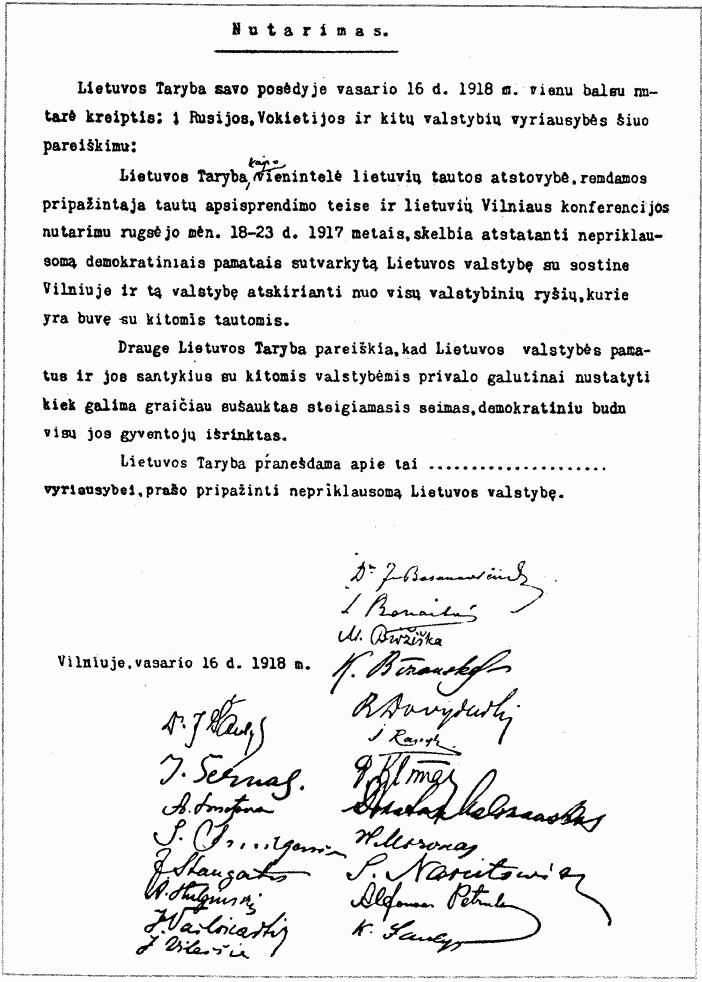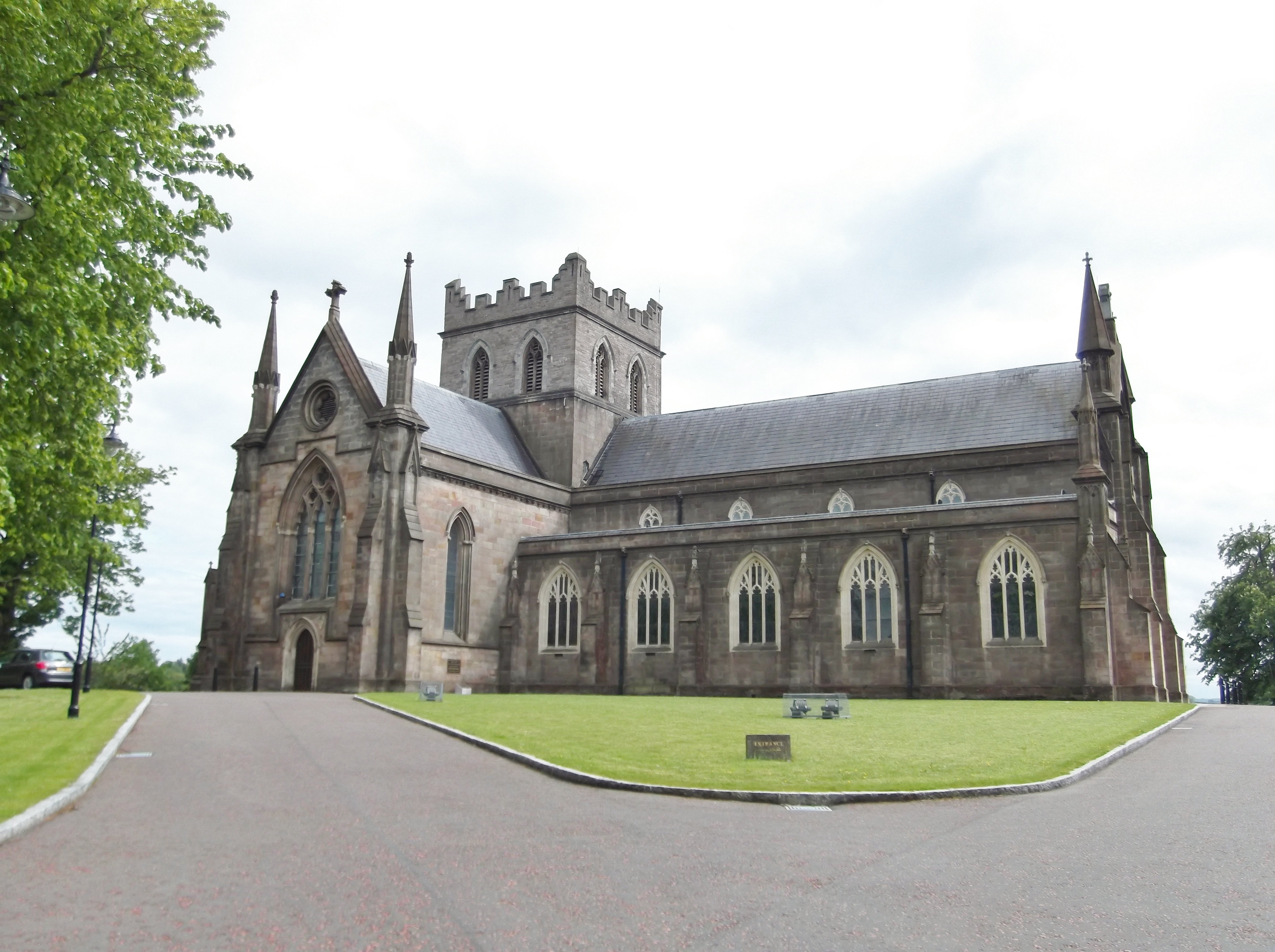|
Pietro Lazzarini
Pietro Lazzarini (5 January 1842 – 1918) was an Italian sculptor. Biography He descended from a family of sculptors who ran a marble workshop in Carrara from 1670 until 1942. The sculptor Giuseppe Lazzarini was his brother. He submitted a bas relief of ''Evander retrieves the body of Pallas'' for a competition, and was awarded a stipend by the government to study at the Academy of Fine Arts of Florence. He returned to work to Carrara. Among his first mature works are the ''Martyrdom of four saints'', found in the main altar of the Lombard church of Carrara. This he followed it with ''Leda'' and ''Bacchus'' donated to the Academy of Carrara. Then he sculpted ''After the Bath'', a nude female statua exhibited at the Accademia Fiorentina, where it was awarded a gold medal. He sculpted a bas-relief medallion of princess della Cisterna. For the Soldiers' National Monument in Gettysburg, Pennsylvania, USA he helped design the five larger than life statues of ''History'', ''Wa ... [...More Info...] [...Related Items...] OR: [Wikipedia] [Google] [Baidu] |
Carrara
Carrara ( , ; , ) is a city and ''comune'' in Tuscany, in central Italy, of the province of Massa and Carrara, and notable for the white or blue-grey marble quarried there. It is on the Carrione River, some west-northwest of Florence. Its motto is ''Fortitudo mea in rota'' (Latin: "My strength is in the wheel"). Toponymy The word ''Carrara'' likely comes from the pre-Roman (Celtic or Ligurian) element ''kar'' (stone), through Latin ''carrariae'' meaning 'quarries'. History There were known settlements in the area as early as the ninth century BC, when the Apuan Ligures lived in the region. The current town originated from the borough built to house workers in the marble quarries created by the Romans after their conquest of Liguria in the early second century BC. Carrara has been linked with the process of quarrying and carving marble since the Roman Age. Marble was exported from the nearby harbour of Luni at the mouth of the river Magra. In the early Middle Ages it was ... [...More Info...] [...Related Items...] OR: [Wikipedia] [Google] [Baidu] |
Cathedral Of The Assumption, Thurles
The Cathedral of the Assumption is the mother church of the Metropolitan Province of Cashel and the cathedral church of the Roman Catholic Archdiocese of Cashel and Emly in Thurles, County Tipperary in Ireland. It is the cathedra of the Archbishop of Cashel and Emly and stands on the site of earlier chapels, which were the only Roman Catholic churches in Thurles. Following the English Reformation, many archdiocesan assets, including the cathedral at the Rock of Cashel were appropriated by the established church. James Butler II (1774–91), on being appointed by the Holy See moved his residence and ''cathedra'' from Cashel, favouring Thurles instead, where his successors continue to reign today. History Following the appropriation of church assets by the Church of Ireland, the majority population who adhered to Roman Catholicism were obliged to conduct their services elsewhere. From the time of the English Reformation onwards, those archbishops appointed by Rome had to make t ... [...More Info...] [...Related Items...] OR: [Wikipedia] [Google] [Baidu] |
Italian Male Sculptors
Italian(s) may refer to: * Anything of, from, or related to the people of Italy over the centuries ** Italians, an ethnic group or simply a citizen of the Italian Republic or Italian Kingdom ** Italian language, a Romance language *** Regional Italian, regional variants of the Italian language ** Languages of Italy, languages and dialects spoken in Italy ** Italian culture, cultural features of Italy ** Italian cuisine, traditional foods ** Folklore of Italy, the folklore and urban legends of Italy ** Mythology of Italy, traditional religion and beliefs Other uses * Italian dressing, a vinaigrette-type salad dressing or marinade * Italian or Italian-A, alternative names for the Ping-Pong virus, an extinct computer virus See also * * * Italia (other) * Italic (other) * Italo (other) * The Italian (other) The Italian may refer to: * ''The Italian'' (1915 film), a silent film by Reginald Barker * ''The Italian'' (2005 film), a Russian film by A ... [...More Info...] [...Related Items...] OR: [Wikipedia] [Google] [Baidu] |
19th-century Italian Sculptors
The 19th (nineteenth) century began on 1 January 1801 ( MDCCCI), and ended on 31 December 1900 ( MCM). The 19th century was the ninth century of the 2nd millennium. The 19th century was characterized by vast social upheaval. Slavery was abolished in much of Europe and the Americas. The First Industrial Revolution, though it began in the late 18th century, expanding beyond its British homeland for the first time during this century, particularly remaking the economies and societies of the Low Countries, the Rhineland, Northern Italy, and the Northeastern United States. A few decades later, the Second Industrial Revolution led to ever more massive urbanization and much higher levels of productivity, profit, and prosperity, a pattern that continued into the 20th century. The Islamic gunpowder empires fell into decline and European imperialism brought much of South Asia, Southeast Asia, and almost all of Africa under colonial rule. It was also marked by the collapse of the l ... [...More Info...] [...Related Items...] OR: [Wikipedia] [Google] [Baidu] |
1918 Deaths
This year is noted for the end of the World War I, First World War, on the eleventh hour of the eleventh day of the eleventh month, as well as for the Spanish flu pandemic that killed 50–100 million people worldwide. Events Below, the events of World War I have the "WWI" prefix. January * January – 1918 flu pandemic: The "Spanish flu" (influenza) is first observed in Haskell County, Kansas. * January 4 – The Finnish Declaration of Independence is recognized by Russian Soviet Federative Socialist Republic, Soviet Russia, Sweden, German Empire, Germany and France. * January 9 – Battle of Bear Valley: U.S. troops engage Yaqui people, Yaqui Native American warriors in a minor skirmish in Arizona, and one of the last battles of the American Indian Wars between the United States and Native Americans. * January 15 ** The keel of is laid in Britain, the first purpose-designed aircraft carrier to be laid down. ** The Red Army (The Workers and Peasants Red Army) ... [...More Info...] [...Related Items...] OR: [Wikipedia] [Google] [Baidu] |
1842 Births
__NOTOC__ Year 184 ( CLXXXIV) was a leap year starting on Wednesday (link will display the full calendar) of the Julian calendar. At the time, it was known as the Year of the Consulship of Eggius and Aelianus (or, less frequently, year 937 ''Ab urbe condita''). The denomination 184 for this year has been used since the early medieval period, when the Anno Domini calendar era became the prevalent method in Europe for naming years. Events By place China * The Yellow Turban Rebellion and Liang Province Rebellion break out in China. * The Disasters of the Partisan Prohibitions ends. * Zhang Jue leads the peasant revolt against Emperor Ling of Han of the Eastern Han Dynasty. Heading for the capital of Luoyang, his massive and undisciplined army (360,000 men), burns and destroys government offices and outposts. * June – Ling of Han places his brother-in-law, He Jin, in command of the imperial army and sends them to attack the Yellow Turban rebels. * Winter &ndash ... [...More Info...] [...Related Items...] OR: [Wikipedia] [Google] [Baidu] |
Patrick Leahy (bishop)
Patrick Leahy (1806–1875) was the Archbishop of the Roman Catholic Archdiocese of Cashel and Emly. Life Leahy, named for father Patrick Leahy, civil engineer and county surveyor of Cork, was born near Thurles, County Tipperary, on 31 May 1806, and was educated at Maynooth Maynooth (; ga, Maigh Nuad) is a university town in north County Kildare, Ireland. It is home to Maynooth University (part of the National University of Ireland and also known as the National University of Ireland, Maynooth) and St Patrick .... On his ordination he became Roman Catholic curate of a small parish in the diocese of Cashel. He was soon appointed professor of theology and dcripture in St. Patrick's College at Thurles, and shortly afterwards president of that institution. On 22 August 1850 he was one of the secretaries of the synod or national council of Thurles, and was afterwards appointed parish priest of Thurles and vicar-general of the diocese of Cashel. When the catholic univers ... [...More Info...] [...Related Items...] OR: [Wikipedia] [Google] [Baidu] |
Giuseppe Lazzarini
Giuseppe is the Italian form of the given name Joseph, from Latin Iōsēphus from Ancient Greek Ἰωσήφ (Iōsḗph), from Hebrew יוסף. It is the most common name in Italy and is unique (97%) to it. The feminine form of the name is Giuseppina. People with the given name Artists and musicians * Giuseppe Aldrovandini (1671–1707), Italian composer * Giuseppe Arcimboldo (1526 or 1527–1593), Italian painter * Giuseppe Belli (singer) (1732–1760), Italian castrato singer * Giuseppe Gioachino Belli (1791–1863), Italian poet * Giuseppe Castiglione (1829–1908) (1829–1908), Italian painter * Giuseppe Giordani (1751–1798), Italian composer, mainly of opera * Giuseppe Ottaviani (born 1978), Italian musician and disc jockey * Giuseppe Psaila (1891–1960), Maltese Art Nouveau architect * Giuseppe Sammartini (1695–1750), Italian composer and oboist * Giuseppe Sanmartino or Sammartino (1720–1793), Italian sculptor * Giuseppe Santomaso (1907–1990), Italian painter ... [...More Info...] [...Related Items...] OR: [Wikipedia] [Google] [Baidu] |
St Macartan's Cathedral, Monaghan
St Macartan's Cathedral is the cathedral church of the Roman Catholic Diocese of Clogher in Ireland. It is located in the townland of Latlurcan, Monaghan town in the ecclesiastical parish of Monaghan and Rackwallace. It was built between the years of 1861 and 1893 and is the only Catholic cathedral in the county. Charles E. B. Brett, ''Buildings of Monaghan''. Belfast: Ulster Architectural Heritage Society, 1970. Simon Walker. ''Historic Ulster Churches.'' (Belfast: Queens University at Belfast, 2000), p.182. History The '' cathedra'' of the Bishop of Clogher was removed to Monaghan town in the mid-19th century. The plan for the cathedral was proposed in 1858 by Bishop Charles MacNally. The site was purchased in 1861. Architect James Joseph McCarthy (1817–1882) designed the cathedral in a 14th-century Gothic architectural style was begun in 1862. Most limestone was quarried locally. Architect William Hague Jr. (1840–1899) from Cavan oversaw the building of the spire after 18 ... [...More Info...] [...Related Items...] OR: [Wikipedia] [Google] [Baidu] |
Armagh
Armagh ( ; ga, Ard Mhacha, , " Macha's height") is the county town of County Armagh and a city in Northern Ireland, as well as a civil parish. It is the ecclesiastical capital of Ireland – the seat of the Archbishops of Armagh, the Primates of All Ireland for both the Roman Catholic Church and the Church of Ireland. In ancient times, nearby Navan Fort (''Eamhain Mhacha'') was a pagan ceremonial site and one of the great royal capitals of Gaelic Ireland. Today, Armagh is home to two cathedrals (both named after Saint Patrick) and the Armagh Observatory, and is known for its Georgian architecture. Although classed as a medium-sized town, Armagh was given city status in 1994 and Lord Mayoralty status in 2012, both by Queen Elizabeth II. It had a population of 14,777 people in the 2011 Census. History Foundation ''Eamhain Mhacha'' (or Navan Fort), at the western edge of Armagh, was an ancient pagan ritual or ceremonial site. According to Irish mythology ... [...More Info...] [...Related Items...] OR: [Wikipedia] [Google] [Baidu] |



